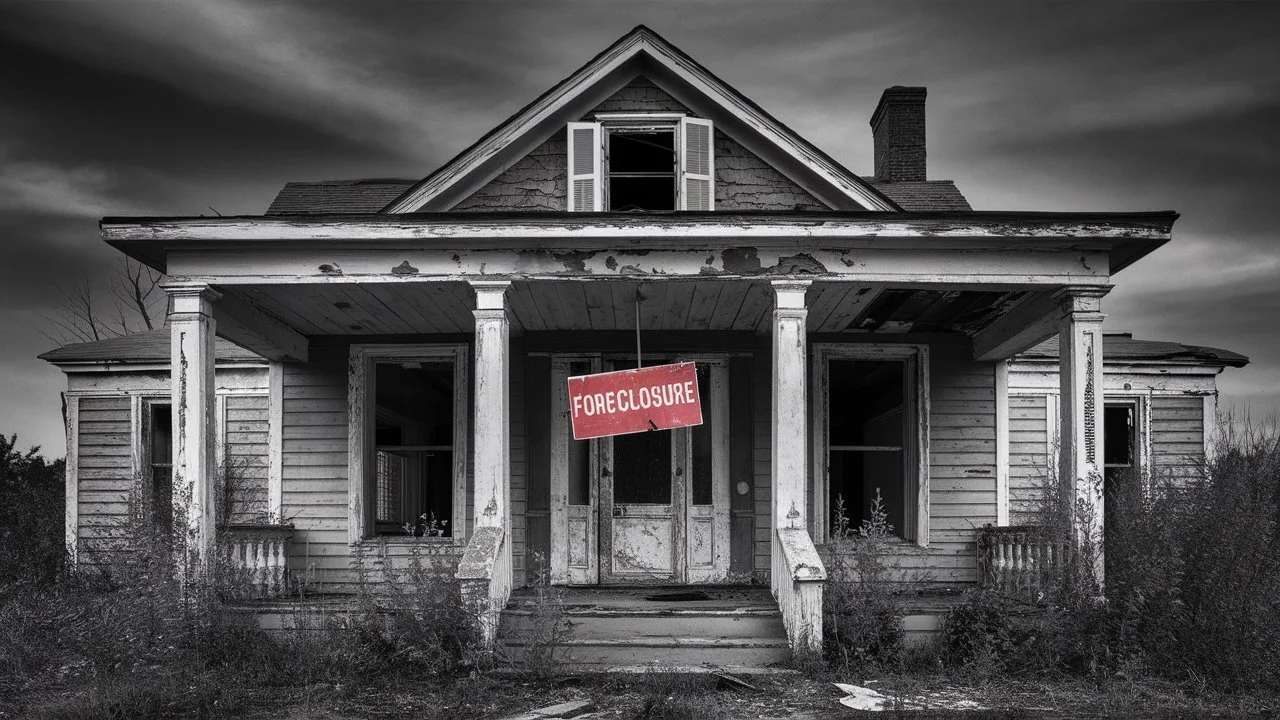New Jersey Leads the Charge: Dramatic Drop in Foreclosure Starts in April 2024
New Jersey Foreclosures Decline April 2024
In the dynamic realm of real estate, the intricacies of foreclosure statistics provide vital insights into the health and trajectory of housing markets. ATTOM, a prominent curator of real estate data, recently unveiled its April 2024 U.S. Foreclosure Market Report, shedding light on significant trends shaping the landscape. With a total of 31,649 properties grappling with foreclosure filings, representing default notices, scheduled auctions, or bank repossessions, the report unveils a nuanced narrative of the housing sector. Notably, while there's a 4 percent decrease from both the preceding month and the prior year, completed foreclosures have surged by 8 percent, painting a picture of contrasting dynamics within the market.
CEO Rob Barber underscores the importance of closely monitoring these developments to grasp the ongoing dynamics in the real estate landscape. Maryland, Illinois, and Nevada emerge as the states with the highest foreclosure rates, signaling localized challenges in housing markets. Among metropolitan statistical areas (MSAs) with a population exceeding 200,000, Elkhart, IN, Columbia, SC, and Cleveland, OH, lead the pack in foreclosure rates, highlighting the localized nature of these challenges.
However, amidst this panorama, certain states have witnessed notable shifts. New Jersey, for instance, has experienced a remarkable decline of 51 percent in foreclosure starts, indicative of potential stabilization or mitigation efforts in the state's housing sector. Conversely, states like Maryland, Oregon, and Oklahoma have witnessed substantial spikes in foreclosure starts, underscoring the varied trajectories across different regions.
In dissecting foreclosure completions, the report reveals an 8 percent monthly increase in lender repossessions (REOs). While this uptick may raise eyebrows, it's essential to contextualize it within the broader narrative of foreclosure dynamics. States like Illinois, Pennsylvania, and California have seen significant numbers of REOs, reflecting the localized nature of foreclosure completions.
Zooming into metropolitan areas, New York, NY, Chicago, IL, and Baltimore, MD, stand out for their higher volumes of REOs, highlighting the concentrated nature of foreclosure completions in certain urban hubs. Such insights not only inform stakeholders within the real estate ecosystem but also empower policymakers to craft targeted interventions aimed at mitigating foreclosure risks and bolstering housing stability.
In essence, the April 2024 U.S. Foreclosure Market Report offers a multifaceted glimpse into the evolving dynamics of the housing market. Beyond the headline figures, it illuminates the localized nuances and trends that underpin foreclosure activities across states and metropolitan areas. As stakeholders navigate the complexities of the real estate landscape, staying attuned to these insights is paramount for making informed decisions and fostering resilient housing ecosystems.
Foreclosure Trends in New Jersey: A Shift in April 2024
Amidst the broader landscape of foreclosure trends in the United States, New Jersey emerges as a focal point of significant change in April 2024. With a remarkable 51 percent decline in foreclosure starts compared to the previous month, the Garden State showcases a paradigm shift in its housing dynamics. This substantial reduction not only signals potential stabilization in foreclosure activities but also underscores concerted efforts at mitigating housing challenges within the state.
While national trends may paint a picture of mixed dynamics, New Jersey's notable decline in foreclosure starts speaks volumes about localized interventions and market resilience. As stakeholders and policymakers delve deeper into understanding the drivers behind this shift, it becomes evident that proactive measures and targeted policies can yield tangible outcomes even in the face of broader market fluctuations.
In navigating the intricate terrain of real estate, New Jersey's trajectory serves as a beacon of hope, showcasing the efficacy of proactive interventions in fostering housing stability and mitigating foreclosure risks. As the state continues its journey towards a more robust housing ecosystem, leveraging these insights will be instrumental in charting a course towards sustained growth and resilience.
